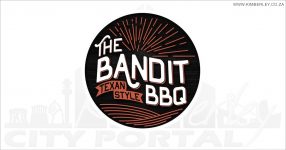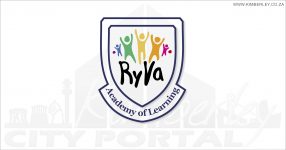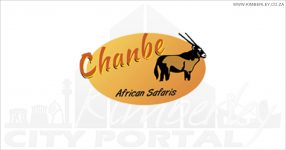-
Cross Development Academy
Little-Legends is about functioning by playing within reality. To be a happy child with a clever body and strong mind.
To relive … how to:
· Fly a kite,
· Jump through puddles,
· Make a cartwheel just because,
· Climb a tree,
· Remember to live,
· And have fun without recourses
To embrace our world as a playground, combined with a clever body and strong mind – for every vague dream has a clear possibility and every child is a Little Legend in the making.
Child’s concerns
. Having fun
. making friends
. Learning new things
. Winning prizesParent’s concerns
. Boosting confidence
. Succeed in sport and academy
. Building good behavior
. Opportunities for succes
. Fitness
. Clean environment
. SAFETYOur brain constantly receives information in formats such as touch, taste, smell, sight and sound, and via the proprioceptive- and vestibular systems which is vital to the body and for environmental awareness.
Mental attributes include “mental toughness” which is all about improving your mind so that it’s always on your side. Little Legends promote patience, persistence, courage and self motivation which lead to a sense of accomplishment so that every child can be unique, special, functional and capable.
Exercise improves cognition (thinking) which means that learning, memory and self esteem also improve. It also decreases stress, anxiety and depression commonly found in our children.
Neurologically we find that through the use of movement experiences we can stimulate problem solving abilities, critical thinking and reinforce a variety of academic concepts. Scientists now believe that to achieve the precision of the mature brain, stimulation in the form of movement and sensory experiences during early development years is necessary (Greenough & Black, 1992; Shatz).
Proprioceptive information comes from receptors in the joints and muscles whereas vestibular information is your sense of balance. Spacial-orientation and body parts are therefore combined in various formats of our program. For example: Telling a child to place his feet shoulder width apart could bring very funny results from a little one who defines his feet as the end of his toes and doesn’t know where his shoulders are.
Eye-hand and foot-eye coordination is the ability to perform tasks which involves coordinating visually. Combined with midline-crossing exercise which is an important developmental skill, we improve reading and writing, and being fully functional. Reaching toward your foot to put on shoes and socks with both hands, participating in sports and many other day to day activities.
At rest a human body produces and circulates 5-6l of blood per minute stroke volume. When active, approximately 15l in a female and up to 22l in a male is produced. Neurological effects of exercises are to stimulate brain monoamine and neurotrophin, but it also increases availability and production of neuro-transmitters which are chemicals that transmit information to the brain, plus it stimulates hippocampus, which in their turn form memories in the brain.Short term memory is concentrated on a great deal. Poor memory equals poor recollection of task. Poor motor planning equals inability to execute correct motor response. Gross motor and fine motor skills are important terms in a child’s development. Combined with coordination skills we achieve balance, agility, explosive power and speed.
Having all of that oxygen in mind we refer to Kevin Wood’s test of exercise and academics.
Two different math quizzes of equal difficulty was drawn up and given to students to complete as many questions as possible in 45 seconds. With a 5 minute workout immediately after the quiz and another 45 seconds of math with no rest, except the transition from the exercise to the quiz, the results were amazing:
· The average mark for the first quiz (pre-exercise) was 67.3%.
· The average mark for the second test (post-workout) was 77.5%.
· That’s a 10.2% average increase (with the highest being 14.6%).
Components of fitness include:
· Muscle strength and endurance,
· Cardio respiratory endurance,
· Body composition,
· Flexibility,
· Motor skill performance.
For the muscle- and cardio respiratory endurance of a rugby player or the agility, explosive power, coordination and timing needed in netball and athletic sports, even the full range of motion and rotator cuff strength and control in golf or cricket, throughout each workout emotional- and social skills are always interactive. We also offer individual specific training with isolated exercises.We therefore achieve success in sport, academy and mental skills with our kids by combining self intertwining aspects of playing and living.
“It is a happy talent to know how to play.” ~ R. W.Emerson 1803
Shortlink for this post: https://www.kimberley.co.za/?p=15822
-
-
Little-Legends Cross Development Academy
Kimberley, Northern Cape, South Africa












